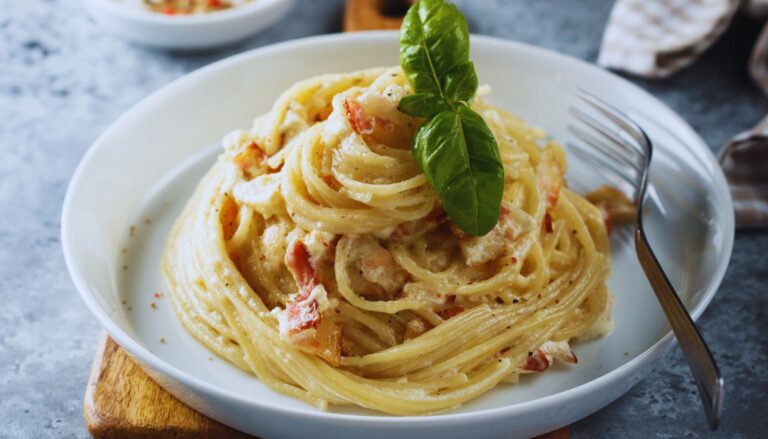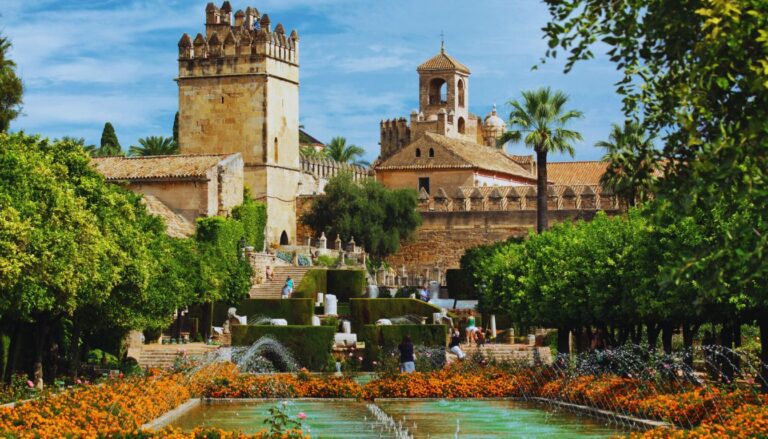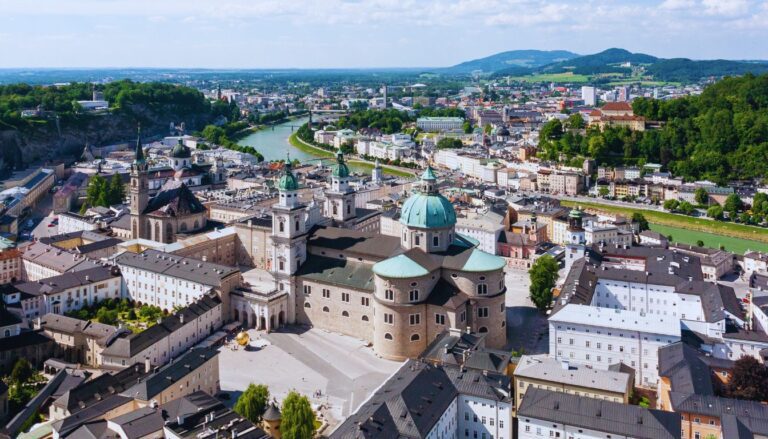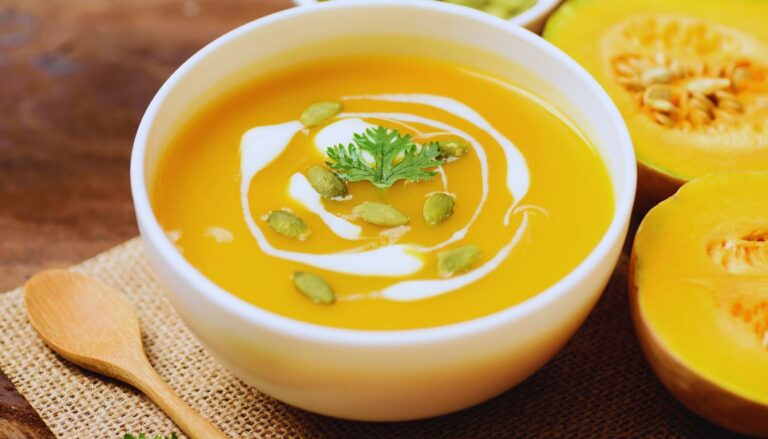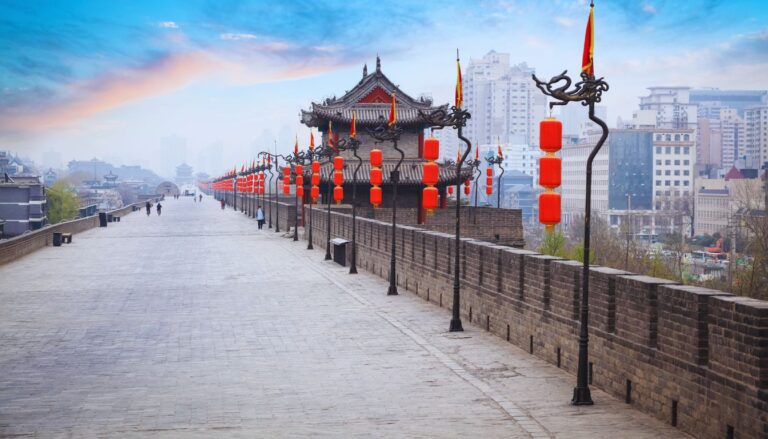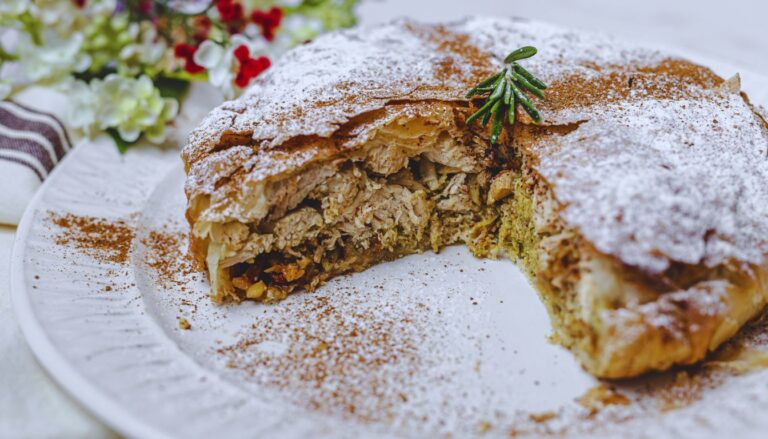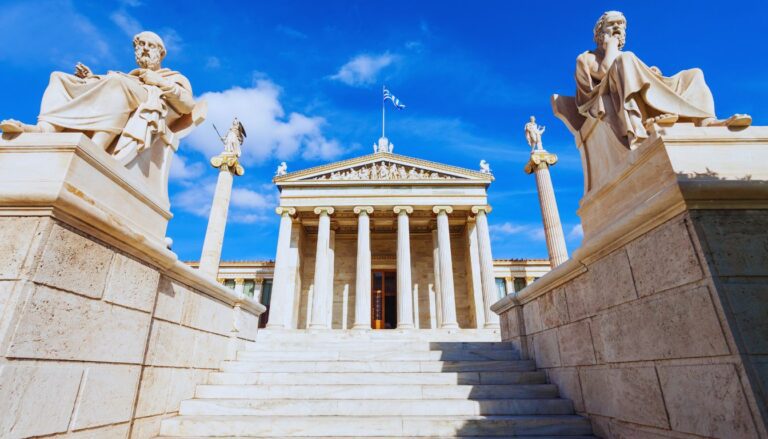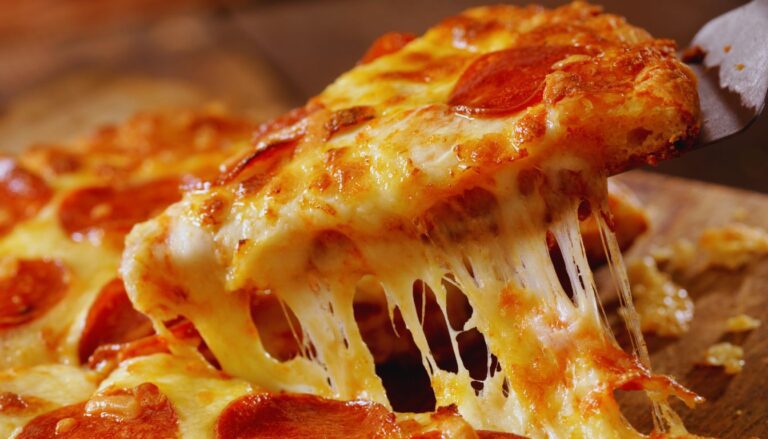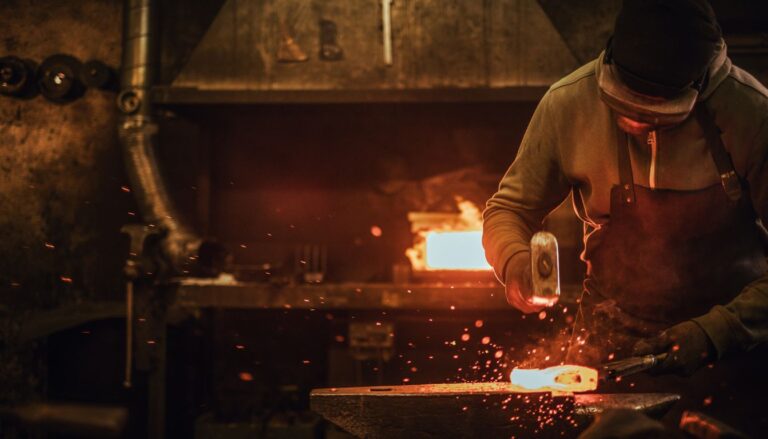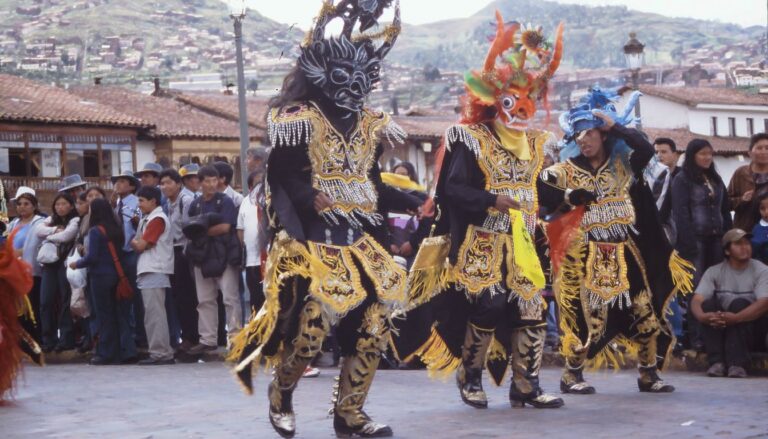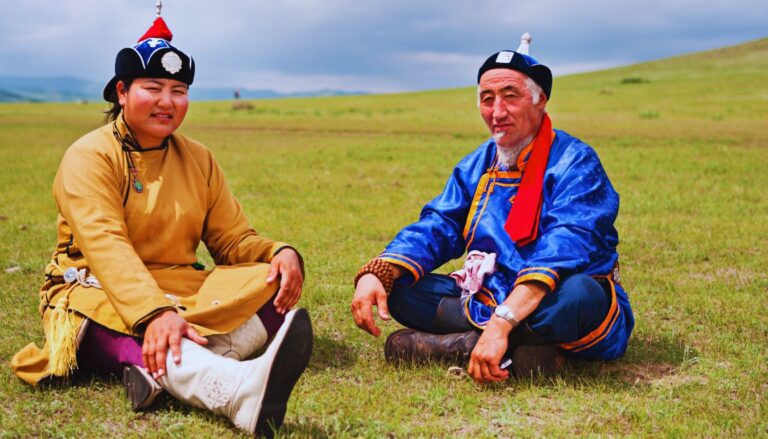Kapa Haka is the heart and soul of Maori cultural expression. It’s a powerful and dynamic form of traditional Maori performing arts that combines singing, dancing, and chanting. The term “Kapa Haka” itself comes from two Maori words: “kapa” meaning row or rank, and “haka” which is a traditional dance or performance.
At its core, Kapa Haka is much more than just a performance. It’s a way for Maori people to express their identity, tell their stories, and keep their traditions alive. When you watch a Kapa Haka performance, you’re not just seeing a show – you’re witnessing a living, breathing part of Maori culture.
In a typical Kapa Haka performance, you might see fierce warrior-like dances, hear beautiful melodic singing, and feel the rhythm of ancient chants. The performers move in perfect unison, their voices rising and falling together, creating a spectacle that’s both visually and aurally stunning.
But Kapa Haka isn’t just important for Maori people. It’s become a significant part of New Zealand’s national identity. Whether it’s at a school event, a national celebration, or an international sports match, Kapa Haka is often front and center, representing the unique cultural heritage of New Zealand.
As we dive deeper into the world of Kapa Haka, we’ll explore its rich history, its various elements, and the vital role it plays in modern Maori society and beyond. From its ancient roots to its place on the global stage, Kapa Haka continues to be a powerful force in preserving and celebrating Maori culture.
Table of Contents
The Origins and History of Kapa Haka
The roots of Kapa Haka stretch back to the very beginnings of Maori culture. Long before Europeans arrived in New Zealand, Maori people used various forms of song, dance, and chanting as part of their daily lives and special ceremonies.
In ancient Maori society, performances similar to modern Kapa Haka were used for many purposes. They were a way to welcome visitors, to prepare for battle, to celebrate victories, to mourn losses, and to pass down important stories and traditions from one generation to the next.
When European settlers arrived in New Zealand in the 18th and 19th centuries, they were often both fascinated and intimidated by Maori performances, especially the haka. Over time, as Maori culture faced pressure from colonization, many traditional practices, including elements of what would become Kapa Haka, were at risk of being lost.
However, Maori leaders recognized the importance of preserving their cultural practices. In the early 20th century, influential Maori politicians and cultural leaders like Sir Apirana Ngata played a crucial role in reviving and formalizing many Maori traditions, including Kapa Haka.
The term “Kapa Haka” itself began to be used more widely in the 1950s and 1960s. During this time, Kapa Haka started to evolve into the form we recognize today. Groups began to form specifically for Kapa Haka performance, and competitions became more organized.
One of the most significant developments was the establishment of the first national Kapa Haka competition in 1972. This event, which would later become known as Te Matatini, marked a new era for Kapa Haka, providing a national stage for groups to showcase their skills and helping to standardize the art form.
Throughout the latter part of the 20th century and into the 21st, Kapa Haka has continued to evolve. While maintaining its deep cultural roots, it has also embraced innovation, incorporating new elements and addressing contemporary issues in its performances.
Today, Kapa Haka is recognized as a vital part of New Zealand’s cultural landscape. It’s taught in schools, performed at major national and international events, and continues to be a source of pride and identity for Maori people. The journey of Kapa Haka from ancient tradition to modern cultural phenomenon is a testament to the resilience and adaptability of Maori culture.
Elements of Kapa Haka Performance
A Kapa Haka performance is a rich tapestry of different elements, each with its own significance and beauty. Let’s break down the main components that make up this captivating art form.
- Waiata (Song):
Waiata are an essential part of Kapa Haka. These songs can take many forms, each with its own purpose. Some common types include:
- Waiata tira: An opening song to set the mood
- Waiata-ā-ringa: Action songs that combine singing with hand movements
- Waiata poi: Songs accompanied by poi (balls on strings) spinning
Waiata often tell stories of Maori history, legends, or current issues. The melodies can range from haunting and mournful to upbeat and joyous.
- Haka:
Perhaps the most well-known element of Kapa Haka, the haka is a traditional dance or challenge. Contrary to popular belief, not all haka are war dances. There are many types of haka, including:
- Peruperu: A war dance used to intimidate enemies
- Manawa wera: A haka for special occasions
- Ngeri: A short haka without set actions, often used to stiffen the resolve of a group
Haka are characterized by fierce expressions, rhythmic body slapping, foot stamping, and loud chants.
- Poi:
Poi is a unique form of performance involving balls attached to strings, which are swung in rhythmic patterns. Originally used by Maori men to increase strength and flexibility for battle, poi is now often performed by women in Kapa Haka. The graceful spinning of the poi, combined with singing and choreographed movements, creates a mesmerizing spectacle. - Mau Rākau:
This is the Maori martial art of weaponry. In Kapa Haka performances, mau rākau often involves choreographed routines using traditional weapons like the taiaha (long weapon) or patu (club). These displays showcase the skill and precision of the performers while connecting to Maori warrior traditions. - Whaikōrero:
While not always included in competitive performances, whaikōrero (formal speechmaking) is an important part of Maori culture often associated with Kapa Haka. These speeches, delivered in te reo Maori (the Maori language), demonstrate the oratory skills highly valued in Maori society. - Kakahu (Costumes):
The visual aspect of Kapa Haka is enhanced by the traditional costumes worn by performers. These can include flax skirts, bodices adorned with patterns significant to the group’s tribal affiliations, and jewelry made from traditional materials like pounamu (greenstone).
In a Kapa Haka performance, these elements are woven together to create a powerful, engaging experience. The exact composition can vary depending on the group and the context of the performance, but all Kapa Haka draws on these traditional elements to create something uniquely Maori.
The skill required to master these different elements, and to bring them together in a cohesive performance, is immense. Kapa Haka performers train for many hours to perfect their singing, movements, and timing. The result is a stunning display of Maori culture that captivates audiences and keeps this vital tradition alive.
The Cultural Significance of Kapa Haka in Maori Society
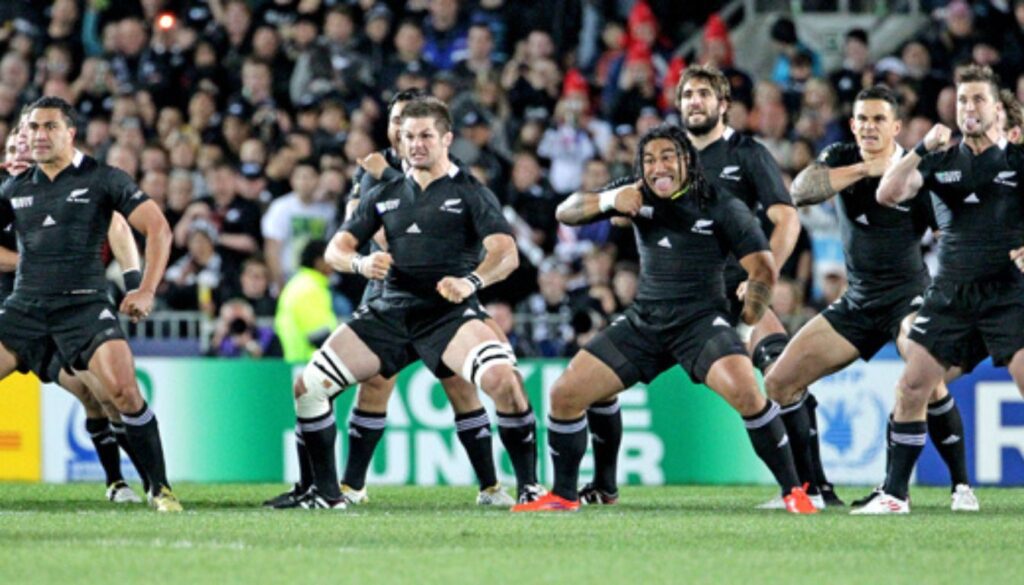
Kapa Haka is far more than just a performance art. It holds a place of profound importance in Maori society, serving multiple cultural functions that help maintain and strengthen Maori identity and traditions.
First and foremost, Kapa Haka is a powerful means of storytelling and preserving history. Through the lyrics of waiata (songs) and the movements of haka, Kapa Haka groups can recount ancient legends, celebrate historical figures, or comment on contemporary issues. This oral tradition allows Maori history and values to be passed down from generation to generation in a vivid, memorable way.
For example, a Kapa Haka performance might tell the story of how the legendary Maori navigator Kupe discovered New Zealand, or recount the bravery of a tribal ancestor in battle. By keeping these stories alive through performance, Kapa Haka helps maintain a strong connection between modern Maori and their ancestral past.
Secondly, Kapa Haka plays a crucial role in maintaining te reo Maori, the Maori language. Many Kapa Haka performances are conducted entirely in te reo Maori, from the songs to the introductions and explanations. This not only helps preserve the language but also encourages both performers and audience members to engage with te reo Maori, supporting efforts to revitalize the language.
The spiritual and emotional aspects of Kapa Haka are also deeply significant. Performances often evoke a range of powerful emotions, from joy and pride to sorrow and anger. This emotional expression is an important part of Maori culture, allowing for the communal sharing of feelings and experiences.
Moreover, the process of learning and performing Kapa Haka helps strengthen social bonds within Maori communities. It brings people together, fostering a sense of unity and shared purpose. Young people learning Kapa Haka often work closely with elders, creating intergenerational connections that help transmit cultural knowledge.
Kapa Haka also serves as a way for Maori to assert their cultural identity and sovereignty. In the face of historical suppression of Maori culture during colonization, the continued practice and public performance of Kapa Haka is a powerful statement of cultural resilience and pride.
Finally, Kapa Haka provides a platform for Maori to address contemporary issues affecting their communities. Performances might touch on topics like land rights, environmental conservation, or social justice, allowing Kapa Haka to serve as a form of cultural activism.
In all these ways, Kapa Haka acts as a vital thread in the fabric of Maori society, weaving together past and present, young and old, tradition and innovation. It’s a living, breathing embodiment of Maori culture, continuously adapting while staying true to its roots.
Kapa Haka in Education: Preserving Maori Language and Traditions
Education plays a crucial role in preserving and promoting cultural heritage, and Kapa Haka has become an integral part of the educational landscape in New Zealand. Its integration into the school system has been a powerful tool for preserving Maori language and traditions, particularly among younger generations.
In many New Zealand schools, Kapa Haka is not just an extracurricular activity but a part of the curriculum. This integration serves multiple purposes:
- Language Revitalization: Kapa Haka provides an engaging and practical way for students to learn and use te reo Maori. Through learning waiata (songs) and haka, students naturally pick up vocabulary, pronunciation, and sentence structures. This immersive approach to language learning can be more effective than traditional classroom methods, especially for younger learners.
- Cultural Education: Kapa Haka introduces students to Maori customs, beliefs, and history. The stories told through Kapa Haka performances offer insights into Maori worldviews and values. This is valuable not only for Maori students connecting with their heritage but also for non-Maori students learning about the indigenous culture of New Zealand.
- Building Cultural Confidence: For young Maori students, participating in Kapa Haka can be a powerful way to build pride in their cultural identity. It provides a space where their heritage is celebrated and valued, which can be particularly important in areas where Maori are a minority.
- Developing Performance Skills: Kapa Haka helps students develop a range of skills beyond just cultural knowledge. These include teamwork, discipline, public speaking, and physical coordination. These skills can boost students’ confidence and have benefits across other areas of their education.
- Fostering School Spirit: Many schools have their own Kapa Haka groups that perform at school events and inter-school competitions. This can help foster a sense of school pride and unity.
The impact of Kapa Haka in education extends beyond the school gates. Many students who participate in Kapa Haka at school continue their involvement into adulthood, joining community groups or even professional troupes. This creates a pipeline for preserving and developing Kapa Haka skills and knowledge.
Moreover, school Kapa Haka performances often become community events, with parents and extended family members attending. This helps to spread the cultural education beyond the students themselves, reaching into the wider community.
The inclusion of Kapa Haka in education hasn’t been without challenges. Issues such as resource allocation, finding qualified instructors, and balancing Kapa Haka with other curriculum requirements have had to be addressed. However, the benefits of including Kapa Haka in education are widely recognized, and it continues to be an important part of New Zealand’s approach to culturally responsive education.
By making Kapa Haka a part of the educational experience, New Zealand is ensuring that this vital aspect of Maori culture continues to thrive, preserving Maori language and traditions for future generations.
The Role of Kapa Haka in Modern Maori Identity
In today’s rapidly changing world, maintaining a strong sense of cultural identity can be challenging for indigenous peoples. For the Maori of New Zealand, Kapa Haka has emerged as a powerful tool for reinforcing and celebrating their unique identity in the modern context.
Kapa Haka serves as a source of pride and cultural connection for many Maori. In a world where traditional ways of life have been disrupted by urbanization and globalization, Kapa Haka provides a tangible link to Maori heritage. When Maori people participate in or watch Kapa Haka, they’re not just enjoying a performance – they’re engaging with their history, their language, and their ancestral traditions.
This cultural connection is particularly important for urban Maori. As more Maori have moved to cities for work and education, many have found themselves disconnected from their traditional tribal lands and communities. Kapa Haka groups in urban areas provide a way for these Maori to maintain their cultural practices and connect with others who share their heritage. It becomes a “home away from home,” a space where urban Maori can fully express and experience their cultural identity.
Kapa Haka also plays a crucial role in bridging generations within Maori communities. In many Kapa Haka groups, you’ll find multiple generations performing together – grandparents, parents, and children all taking part. This intergenerational participation allows for the direct transmission of cultural knowledge and values. Younger members learn not just the songs and dances, but also the stories behind them and the proper cultural protocols associated with performance.
Moreover, Kapa Haka has become a way for Maori to assert their identity in the broader New Zealand society. When Kapa Haka is performed at national events or international sports matches, it’s a powerful statement of the enduring presence and vitality of Maori culture. It reminds both Maori and non-Maori alike that New Zealand is a bicultural nation with a rich indigenous heritage.
For many young Maori, involvement in Kapa
For many young Maori, involvement in Kapa Haka provides a pathway to deeper engagement with their culture. It often sparks an interest in learning more about their whakapapa (genealogy), their tribal history, and te reo Maori (the Maori language). This cultural awakening can be transformative, helping young Maori develop a strong sense of identity and belonging in a world that often pressures indigenous people to assimilate into mainstream culture.
Kapa Haka also serves as a unifying force within Maori society. Despite differences between iwi (tribes) or urban and rural communities, Kapa Haka provides a common cultural ground. When Maori from different backgrounds come together to perform or compete in Kapa Haka, it reinforces a sense of shared identity and common purpose.
In the realm of politics and activism, Kapa Haka has become a powerful tool for expressing Maori perspectives on contemporary issues. Performances often incorporate themes related to social justice, environmental protection, or political rights, allowing Kapa Haka to serve as a form of cultural protest and advocacy.
The role of Kapa Haka in modern Maori identity is dynamic and evolving. While it remains firmly rooted in tradition, it also adapts to reflect the experiences and concerns of contemporary Maori. This ability to bridge past and present, tradition and innovation, is part of what makes Kapa Haka such a vital aspect of modern Maori identity.
Kapa Haka Competitions: Celebrating Excellence and Unity
Kapa Haka competitions have become a cornerstone of the art form’s modern expression, providing a platform for groups to showcase their skills, innovate within the tradition, and come together in a spirit of friendly rivalry and shared cultural celebration.
These competitions take place at various levels, from local school competitions to regional events and ultimately the national championship. The structure of these competitions helps to maintain high standards of performance and encourages the ongoing development of Kapa Haka as an art form.
At the heart of the competitive Kapa Haka scene is Te Matatini, the national Kapa Haka festival. Held every two years, Te Matatini is the most prestigious Kapa Haka event in New Zealand. The name “Te Matatini” means “the many faces” in te reo Maori, reflecting the diversity of the groups that participate.
Te Matatini brings together the top Kapa Haka groups from around New Zealand, each having earned their place through success in regional competitions. Over several days, these groups perform in front of thousands of spectators and a panel of expert judges. The performances are judged on various elements including waiata (song), haka, poi, mau rakau (weaponry displays), kakahu (costume), and overall impact.
The competitive aspect of Te Matatini and other Kapa Haka competitions serves several important purposes:
- Maintaining High Standards: The rigorous judging process ensures that groups strive for excellence in all aspects of their performance, from the technical elements of singing and dance to the deeper cultural knowledge embedded in the content of their performances.
- Fostering Innovation: While competitions are based on traditional forms, they also provide a space for groups to innovate within the boundaries of tradition. This balance of preservation and innovation helps keep Kapa Haka dynamic and relevant.
- Cultural Education: The process of preparing for competitions often involves deep research into tribal histories, traditional stories, and te reo Maori. This enhances the educational aspect of Kapa Haka for both performers and audiences.
- Community Building: Kapa Haka competitions bring together people from different regions and tribal affiliations. This fosters a sense of unity within the broader Maori community and provides opportunities for cultural exchange.
- Raising Public Awareness: Major competitions like Te Matatini attract significant media attention, helping to raise the profile of Kapa Haka and Maori culture in general among the wider New Zealand public.
While the competitive aspect is important, it’s crucial to note that the spirit of these events goes beyond just winning and losing. They are celebrations of Maori culture, opportunities for different iwi (tribes) to come together, and a chance for the Maori community to showcase their cultural heritage to the world.
The impact of these competitions on the development of Kapa Haka has been significant. They have helped to standardize certain aspects of performance while still allowing for tribal variations. They’ve also played a role in the revival of certain traditional practices and have spurred the creation of new waiata and haka that address contemporary issues.
As Kapa Haka continues to evolve, these competitions will likely play an ongoing role in shaping its future, balancing the preservation of tradition with the need for Kapa Haka to remain a living, breathing art form that speaks to the experiences of modern Maori.
The International Impact of Kapa Haka
While Kapa Haka is deeply rooted in Maori culture and New Zealand society, its impact has increasingly been felt on the international stage. As New Zealand’s global profile has risen, so too has interest in its unique indigenous culture, with Kapa Haka often serving as a powerful ambassador for Maori traditions.
One of the most visible international platforms for Kapa Haka has been through sports, particularly rugby. The New Zealand national rugby team, the All Blacks, famously perform a haka before their matches. This has brought a taste of Kapa Haka to millions of viewers around the world, sparking interest and curiosity about Maori culture.
Beyond sports, Kapa Haka groups have performed at various international events and cultural festivals. These performances have taken place in countries across the globe, from the United States to Japan, Europe to South America. Such international exposure has several important effects:
- Cultural Diplomacy: Kapa Haka performances serve as a form of cultural diplomacy, helping to shape perceptions of New Zealand abroad. They showcase the unique bicultural nature of New Zealand society and highlight the vitality of Maori culture.
- Tourism Promotion: The striking visual and auditory impact of Kapa Haka can spark interest in visiting New Zealand, contributing to the country’s tourism industry.
- Indigenous Solidarity: International performances of Kapa Haka often resonate with other indigenous peoples around the world, fostering a sense of solidarity and shared experience.
- Cultural Exchange: When Kapa Haka groups travel abroad, it often leads to opportunities for cultural exchange. Groups may learn about the traditional performances of their host countries, leading to cross-cultural inspiration and sometimes collaboration.
The international reach of Kapa Haka has also been amplified by digital media. Videos of performances can go viral on social media platforms, reaching audiences far beyond those who can attend live events. This digital presence has helped to build a global community of Kapa Haka enthusiasts and has provided a platform for educating people about Maori culture.
However, the international spread of Kapa Haka is not without its challenges. There are ongoing discussions within the Maori community about how to balance sharing their culture with the world while protecting its integrity and preventing misappropriation.
Despite these challenges, the international impact of Kapa Haka has been largely positive. It has raised the profile of Maori culture on the world stage, contributed to New Zealand’s unique national brand, and provided opportunities for meaningful cultural exchange. As global interest in indigenous cultures continues to grow, Kapa Haka is well-positioned to play an ongoing role in representing Maori culture to the world.
Kapa Haka and Tourism: Sharing Maori Culture with the World
Tourism plays a significant role in New Zealand’s economy, and Maori culture, particularly Kapa Haka, has become a key attraction for visitors from around the world. This intersection of cultural practice and tourism presents both opportunities and challenges for the Maori community.
Many tourism experiences in New Zealand incorporate elements of Kapa Haka. These can range from full cultural performances at marae (Maori meeting grounds) to shorter demonstrations at hotels or tourist attractions. For many international visitors, these performances may be their first and most memorable encounter with Maori culture.
The benefits of incorporating Kapa Haka into tourism experiences are numerous:
- Cultural Education: It provides an opportunity to educate visitors about Maori culture, history, and traditions.
- Economic Opportunities: Tourism creates jobs and economic opportunities for Maori communities, allowing them to benefit financially from sharing their culture.
- Cultural Pride: Showcasing Kapa Haka to appreciative audiences can reinforce a sense of pride in Maori culture among performers and the wider Maori community.
- Cultural Preservation: The demand for authentic cultural experiences can help support the continuation and development of traditional practices.
However, the commercialization of Kapa Haka for tourism also presents challenges:
- Authenticity: There’s a risk of performances being simplified or altered to cater to tourist expectations, potentially losing some of their cultural depth and significance.
- Commodification: There are concerns about sacred cultural practices being turned into commodities for tourist consumption.
- Stereotyping: Touristic representations of Maori culture, if not carefully managed, can perpetuate stereotypes or present an outdated view of Maori life.
To address these challenges, many Maori-led tourism initiatives strive to balance cultural sharing with cultural preservation. They often combine Kapa Haka performances with educational components, providing context and deeper understanding for visitors. Some experiences involve visitors in aspects of the performance, creating a more interactive and engaging experience.
Moreover, there’s an increasing emphasis on cultural tourism that goes beyond surface-level performances to offer more immersive experiences. These might include stays on marae, participation in traditional practices, or in-depth learning about Maori history and customs.
The role of Kapa Haka in tourism continues to evolve. As global interest in indigenous cultures grows, and as travelers increasingly seek authentic and meaningful experiences, Kapa Haka is likely to remain a significant part of New Zealand’s tourism offering. The challenge for the Maori community will be to continue finding ways to share their culture that are both economically beneficial and culturally respectful.
The Future of Kapa Haka: Challenges and Opportunities
As Kapa Haka moves into the future, it faces both challenges and opportunities. Like many traditional cultural practices worldwide, Kapa Haka must navigate the complexities of the modern world while maintaining its cultural integrity and relevance.
One of the primary challenges is adapting Kapa Haka for the digital age. While technology offers new platforms for sharing and preserving Kapa Haka, it also raises questions about how to maintain the communal, live aspect of performance that is so central to the art form. Some groups have experimented with virtual performances and online competitions, particularly in response to the COVID-19 pandemic. These digital adaptations may become an ongoing part of Kapa Haka, complementing rather than replacing live performances.
Another challenge is addressing concerns about commercialization and cultural appropriation. As Kapa Haka gains more international recognition, there’s a risk of it being used out of context or without proper understanding of its cultural significance. The Maori community continues to grapple with how to share their culture with the world while protecting its integrity.
Language preservation remains an ongoing challenge and opportunity. While Kapa Haka has played a crucial role in promoting te reo Maori, the language is still considered at risk. Continued efforts to use Kapa Haka as a vehicle for language learning and preservation will be vital.
There are also exciting opportunities for innovation within Kapa Haka. Some groups are experimenting with incorporating contemporary music styles or addressing modern social issues in their performances. This evolution helps keep Kapa Haka relevant to younger generations while maintaining its core cultural elements.
The growing global interest in indigenous cultures presents opportunities for Kapa Haka to reach new audiences and foster cross-cultural understanding. International collaborations and cultural exchanges could lead to exciting new developments in the art form.
Education will continue to be a key area for the future of Kapa Haka. There are opportunities to further integrate Kapa Haka into New Zealand’s education system and to develop more structured training programs for Kapa Haka performers and leaders.
Lastly, there’s potential for Kapa Haka to play an even greater role in New Zealand’s national identity and international reputation. As the country continues to grapple with its colonial history and move towards a more bicultural future, Kapa Haka can serve as a powerful symbol of Maori cultural resilience and the unique character of New Zealand society.
The future of Kapa Haka will depend on how the Maori community navigates these challenges and opportunities. By staying true to its cultural roots while embracing innovation, Kapa Haka is well-positioned to remain a vital and dynamic part of Maori culture for generations to come.
Conclusion: The Enduring Importance of Kapa Haka
Kapa Haka stands as a testament to the resilience and vitality of Maori culture. From its roots in ancient Maori traditions to its place on the global stage today, Kapa Haka has continually adapted and evolved while maintaining its core cultural significance.
Throughout this exploration, we’ve seen how Kapa Haka serves multiple important functions in Maori society:
- It’s a powerful means of preserving and transmitting Maori language, stories, and traditions.
- It plays a crucial role in education, helping to instill cultural knowledge and pride in younger generations.
- It serves as a cornerstone of modern Maori identity, providing a way for Maori people to connect with their heritage and express their culture.
- It’s a platform for excellence and unity through competitions like Te Matatini.
- It acts as a cultural ambassador, sharing Maori culture with the world and contributing to New Zealand’s unique national identity.
The enduring importance of Kapa Haka lies in its ability to bridge past and present, tradition and innovation. It connects modern Maori to their ancestors, keeping ancient stories and practices alive. At the same time, it continues to evolve, addressing contemporary issues and incorporating new elements that speak to the experiences of Maori people today.
As New Zealand continues to navigate its path as a bicultural nation, Kapa Haka will undoubtedly play a vital role. It serves as a powerful reminder of the country’s indigenous heritage and the ongoing presence and contributions of Maori culture to New Zealand society.
Looking to the future, Kapa Haka faces challenges, from the risks of commercialization to the need to adapt to the digital age. However, these challenges also present opportunities for growth, innovation, and reaching new audiences.
The story of Kapa Haka is ultimately a story of cultural strength and adaptability. It shows how traditional practices can remain deeply relevant in the modern world, continuing to shape identity, community, and national culture. As long as there are Maori people proud of their heritage and eager to express their culture, Kapa Haka will continue to thrive, evolve, and inspire.
In the end, Kapa Haka is more than just a performance art. It’s a living, breathing embodiment of Maori culture – a direct link to the past, a vibrant part of the present, and a beacon guiding the way into the future.
Discover the must-visit cultural destinations of Māori culture


